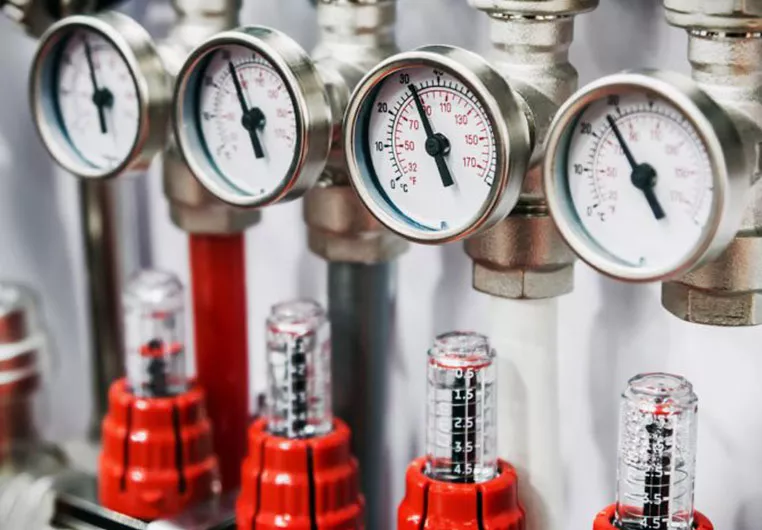3 types of check valves
Understanding the Three Types of Check Valves
Check valves are essential components in fluid systems, allowing flow in one direction while preventing backflow. Their design and function ensure that systems operate efficiently and safely, making them crucial in various industries such as water treatment, oil and gas, and chemical processing. This article will explore the three primary types of check valves swing check valves, lift check valves, and ball check valves.
Swing check valves are one of the most commonly used types. They operate with a hinged disc that swings on a pivot point. When fluid flows in the intended direction, the disc opens, allowing free passage. If backflow occurs, the disc swings closed, sealing the valve and preventing reverse flow.
One notable advantage of swing check valves is their low pressure drop, which means they can maintain higher efficiency in fluid transport. They are particularly effective in larger pipeline systems and can often handle high flow rates. However, their inherent design makes them best suited for horizontal or nearly horizontal installations. In vertical pipelines, the valve's performance could be compromised.
2. Lift Check Valves
Lift check valves, distinct in their design, utilize a disc that moves vertically. When the flow enters the valve, the disc is lifted off its seat, allowing fluid to pass through. Conversely, if backflow occurs, the disc is naturally forced downwards to seal against its seat, preventing reverse flow.
3 types of check valves

One of the key advantages of lift check valves is their ability to be installed in both horizontal and vertical orientations, making them versatile for different applications. They are often used in situations where space is limited, and reliability is necessary. However, the design of lift check valves can result in higher pressure drops compared to swing check valves, which may limit their effectiveness in certain systems.
3. Ball Check Valves
Ball check valves utilize a spherical ball, which moves up and down within the valve body. When fluid flows in the correct direction, the ball is lifted, allowing flow to pass through. If the flow reverses, gravity pulls the ball down, sealing it against the valve seat and preventing backflow.
The primary benefits of ball check valves include their compact design and ability to function effectively in applications with varying pressure and temperature conditions. They have low maintenance requirements and can accommodate high-pressure systems. However, due to their design, ball check valves may not be suitable for applications involving slurries or fluids with particulates, as these can hinder the movement of the ball and affect sealing effectiveness.
Conclusion
Understanding the different types of check valves is crucial for professionals working in fluid system design and maintenance. Swing check valves are best for applications requiring low pressure drop and high flow rates, while lift check valves offer versatility in installation orientation. Meanwhile, ball check valves provide reliable sealing in compact designs but may have limitations with certain types of fluids. Choosing the right type of check valve depends on the specific requirements of the system in which it will be used, ensuring optimal performance and safety.
-
The Versatility of Ball Valves in Fluid Control SystemsNewsJun.10,2025
-
The Practical Benefits of Centerline Butterfly ValvesNewsJun.10,2025
-
The Benefits of Bellows Seal Globe Valves for Industrial SystemsNewsJun.10,2025
-
The Advantages of Offset Butterfly ValvesNewsJun.10,2025
-
Ductile Gate Valves: Strong, Reliable, and Essential for Every SystemNewsJun.10,2025
-
Cast Iron Gate Valves: A Reliable Solution for Every SystemNewsJun.10,2025
-
Why Choose a Brass Gate Valve for Superior Performance and DurabilityNewsMay.09,2025




